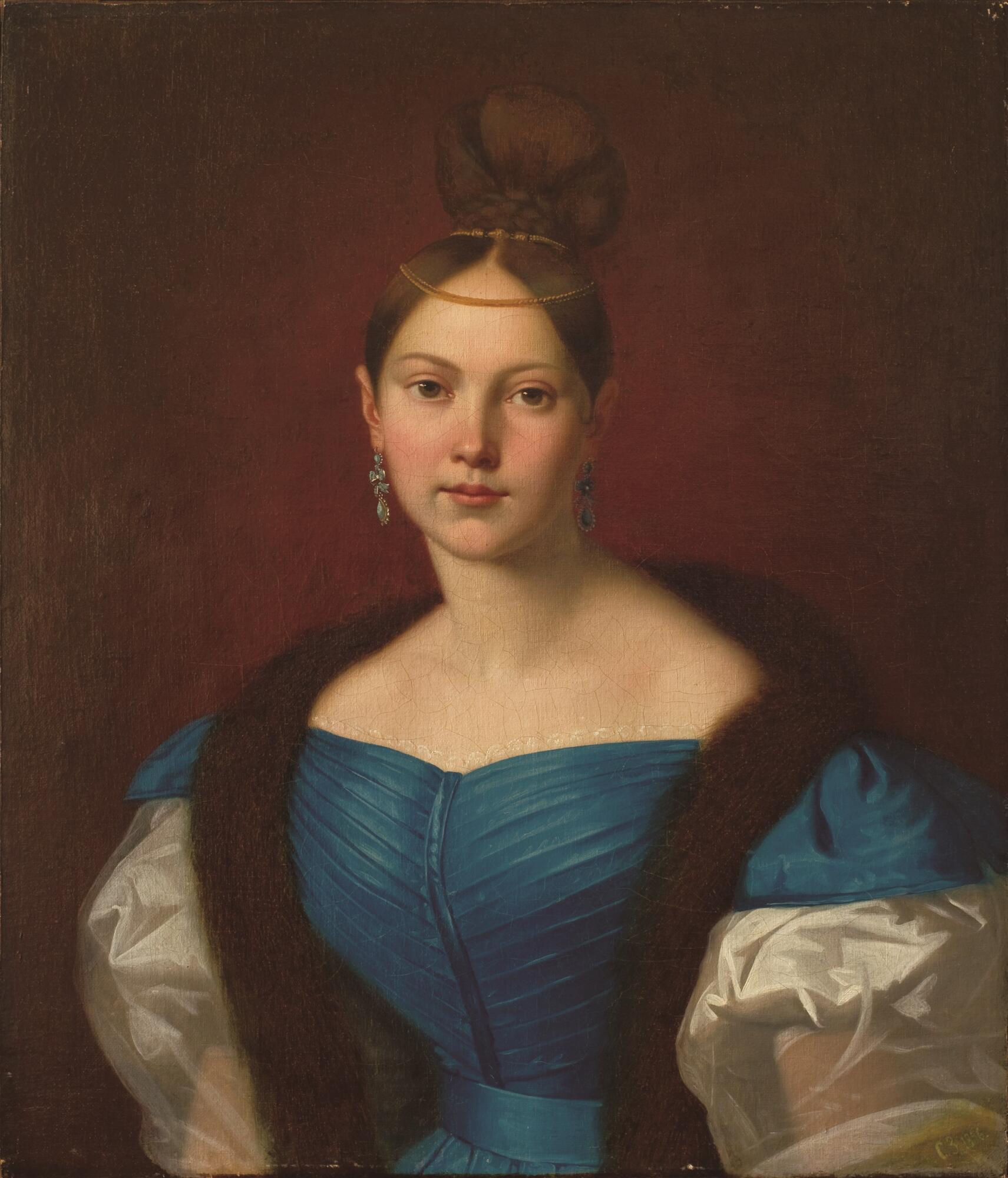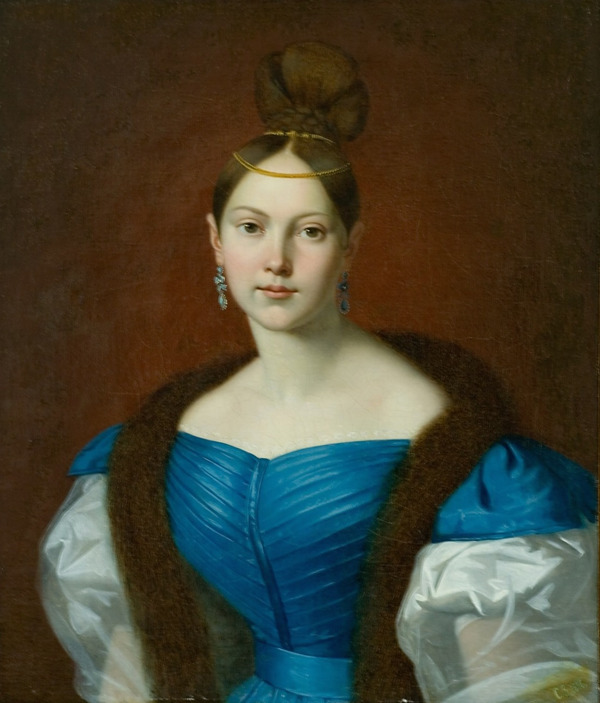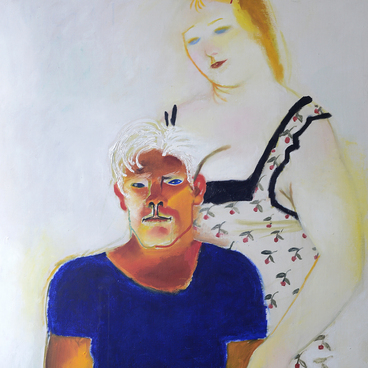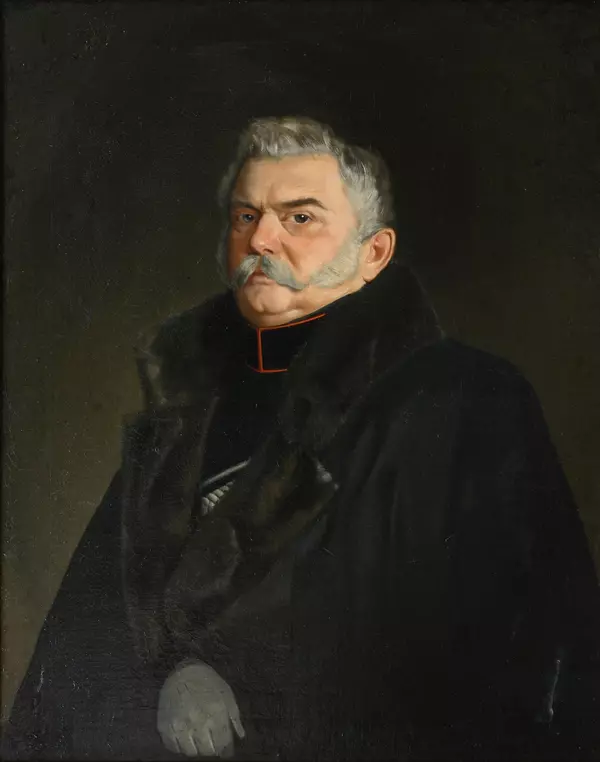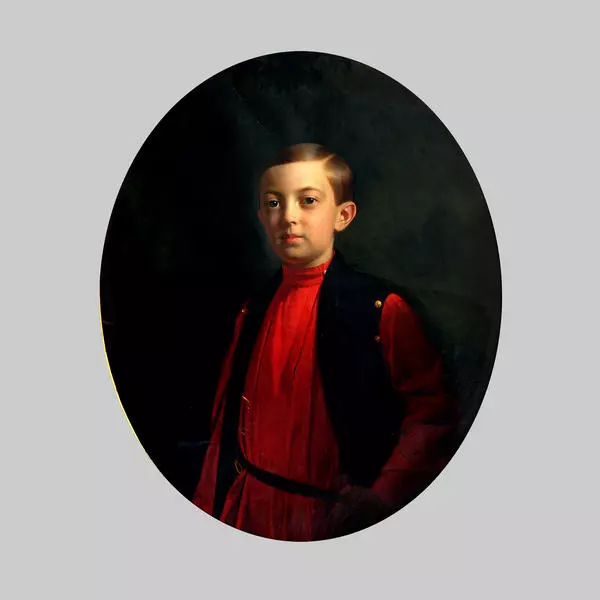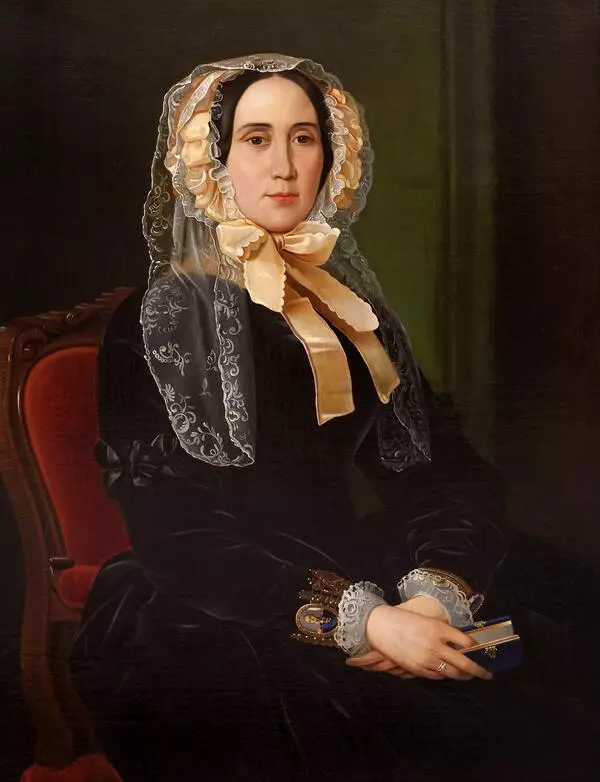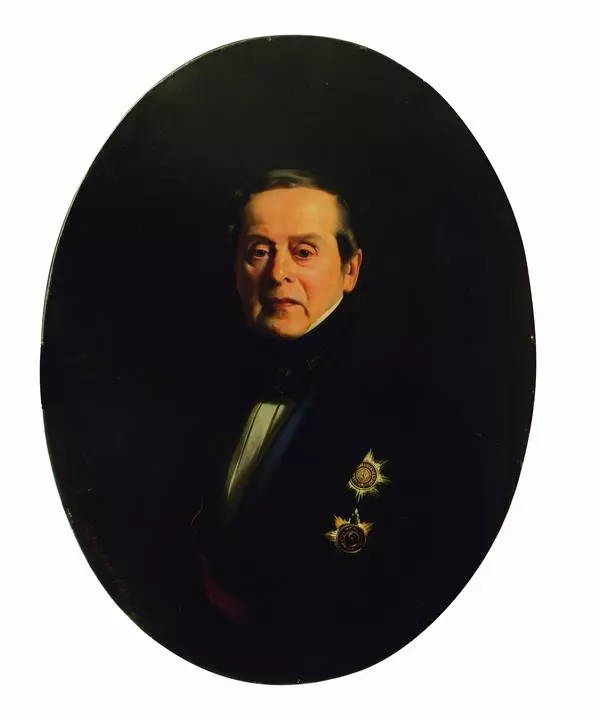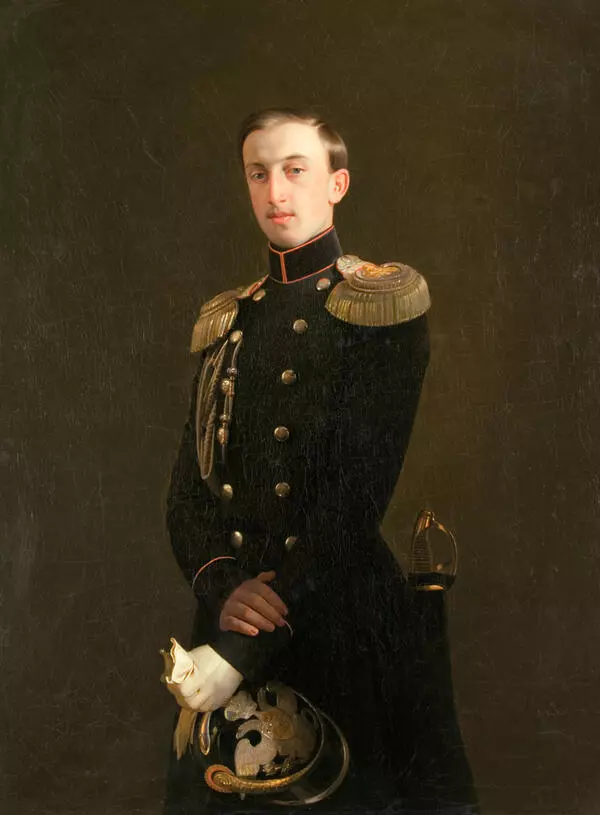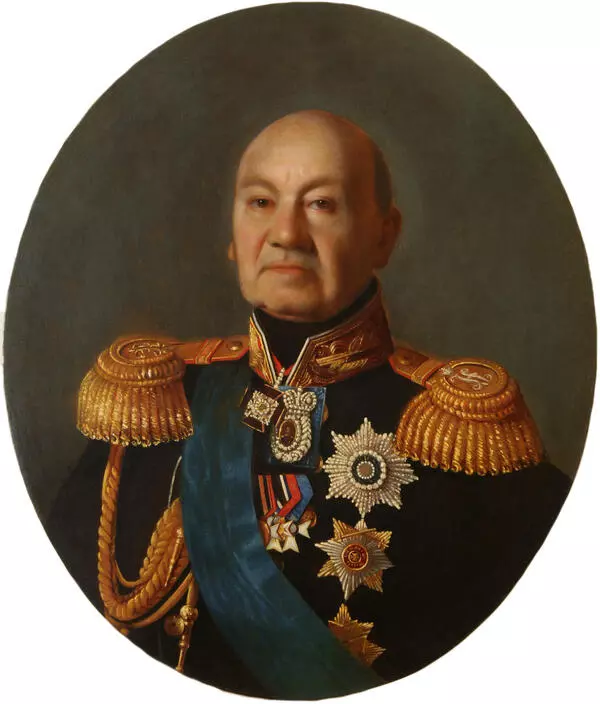Sergey ZaryAnko went down in the history of Russian art as the creator of a whole gallery of portraits of his contemporaries, which were highly appreciated by all the characters of his paintings. He painted representatives of the upper class—including Emperor Alexander II and members of his family, statesmen, and military officials, as well as merchants, scientists, and artists. The artist believed that only the most accurate image of a person’s nature can be called true art. This attitude was also reflected in his own work, in which Zaryanko tried his best to convey the similarities between the person being portrayed and reality.
“Portrait of a young woman” from the collection of NovosibIrsk State Art Museum emanates a sense of harmony and serenity. They resonate with the character’s inner self. To emphasize this feature, the artist bases the composition on soft and smooth lines, avoiding sharp light and color contrasts.
The colors are quite reserved. For this work, Zaryanko used that special oil painting technique that allows to create a unique, enamel-looking surface. Such paintings were highly valued by wealthy customers and were often painted before young women got married. As a rule, the family kept a portrait of the woman as a memory of her and an heirloom.
The artist dated this painting to 1856, however, the hairstyle and the attire belong to the earlier so-called Pushkin period. It reminds of the fine and strict Saint Petersburg of the 1830s. It is unclear why the artist decided to create an image so out of fashion for his times, in the 1850s. Perhaps that is what the customer wanted — to look at her younger self. It is also possible that the portrait was painted not from life, but from a miniature.
Zaryanko’s artworks created during this period are marked by the depth of images and a naturalistic approach to painting. He rejected inspiration and always attempted to capture the individual features of his models in great detail. “Accessories must have a completely finished look, intensely painted to make the head equal to the personality”, said Zaryanko.
“Portrait of a young woman” from the collection of NovosibIrsk State Art Museum emanates a sense of harmony and serenity. They resonate with the character’s inner self. To emphasize this feature, the artist bases the composition on soft and smooth lines, avoiding sharp light and color contrasts.
The colors are quite reserved. For this work, Zaryanko used that special oil painting technique that allows to create a unique, enamel-looking surface. Such paintings were highly valued by wealthy customers and were often painted before young women got married. As a rule, the family kept a portrait of the woman as a memory of her and an heirloom.
The artist dated this painting to 1856, however, the hairstyle and the attire belong to the earlier so-called Pushkin period. It reminds of the fine and strict Saint Petersburg of the 1830s. It is unclear why the artist decided to create an image so out of fashion for his times, in the 1850s. Perhaps that is what the customer wanted — to look at her younger self. It is also possible that the portrait was painted not from life, but from a miniature.
Zaryanko’s artworks created during this period are marked by the depth of images and a naturalistic approach to painting. He rejected inspiration and always attempted to capture the individual features of his models in great detail. “Accessories must have a completely finished look, intensely painted to make the head equal to the personality”, said Zaryanko.
